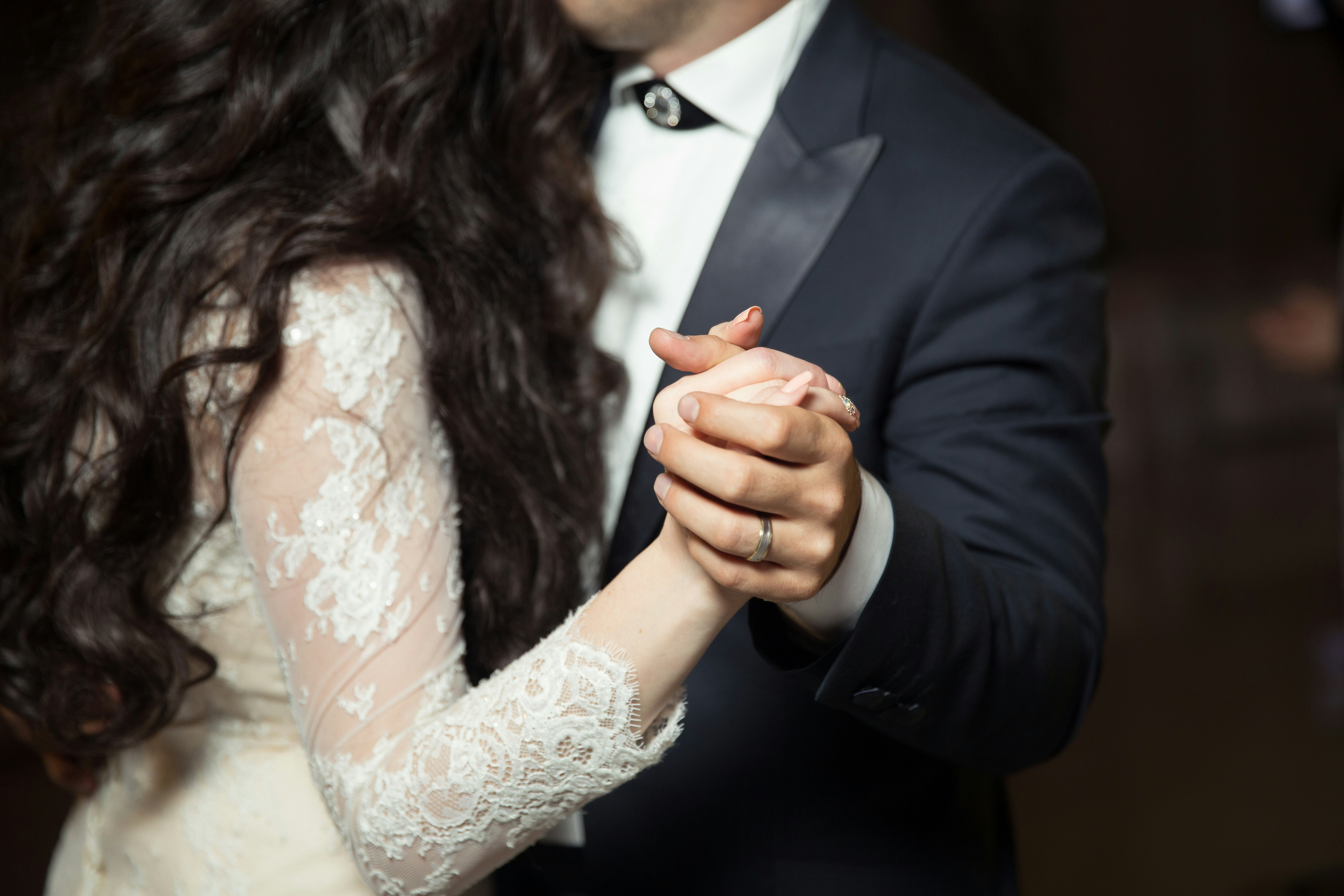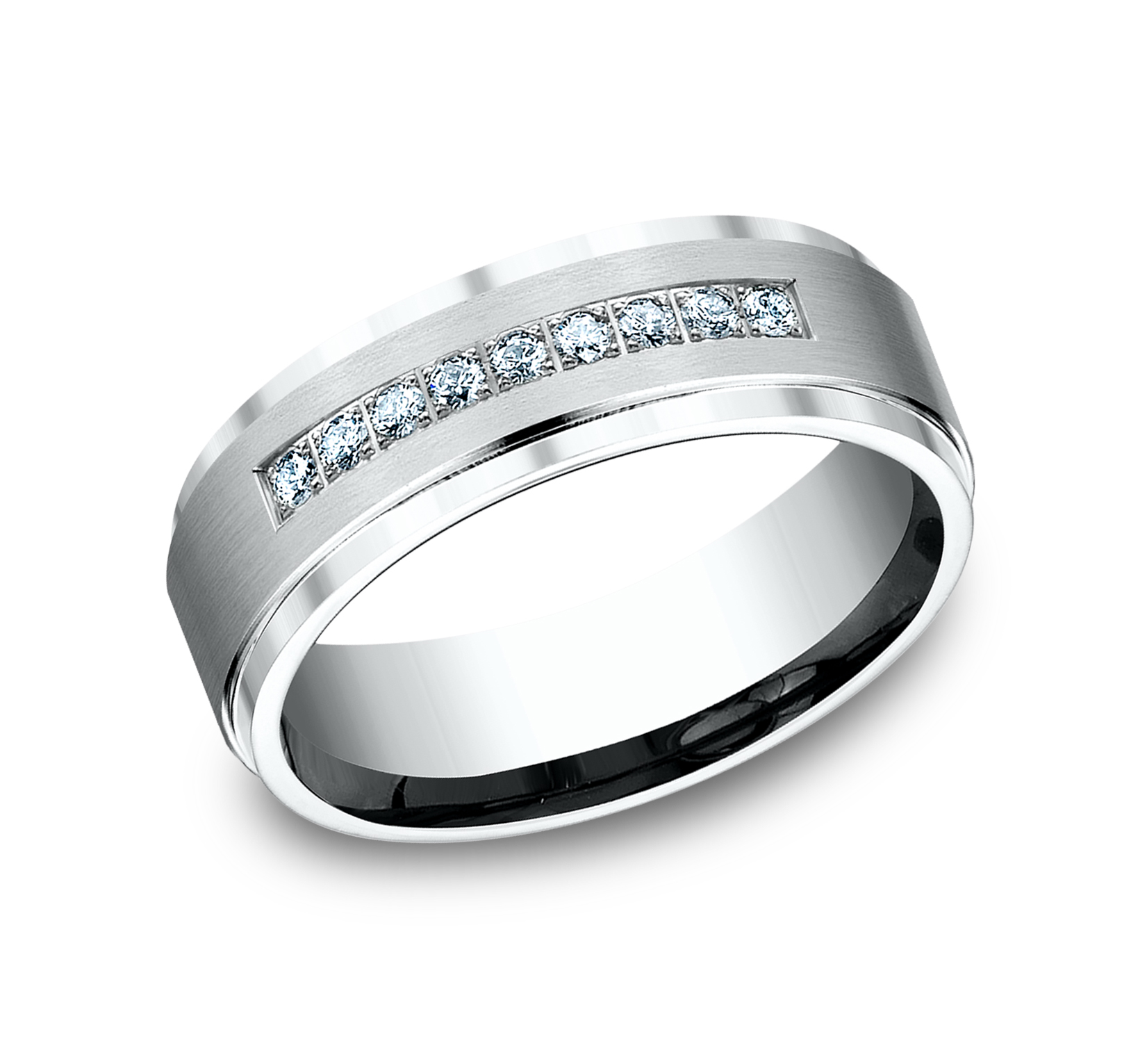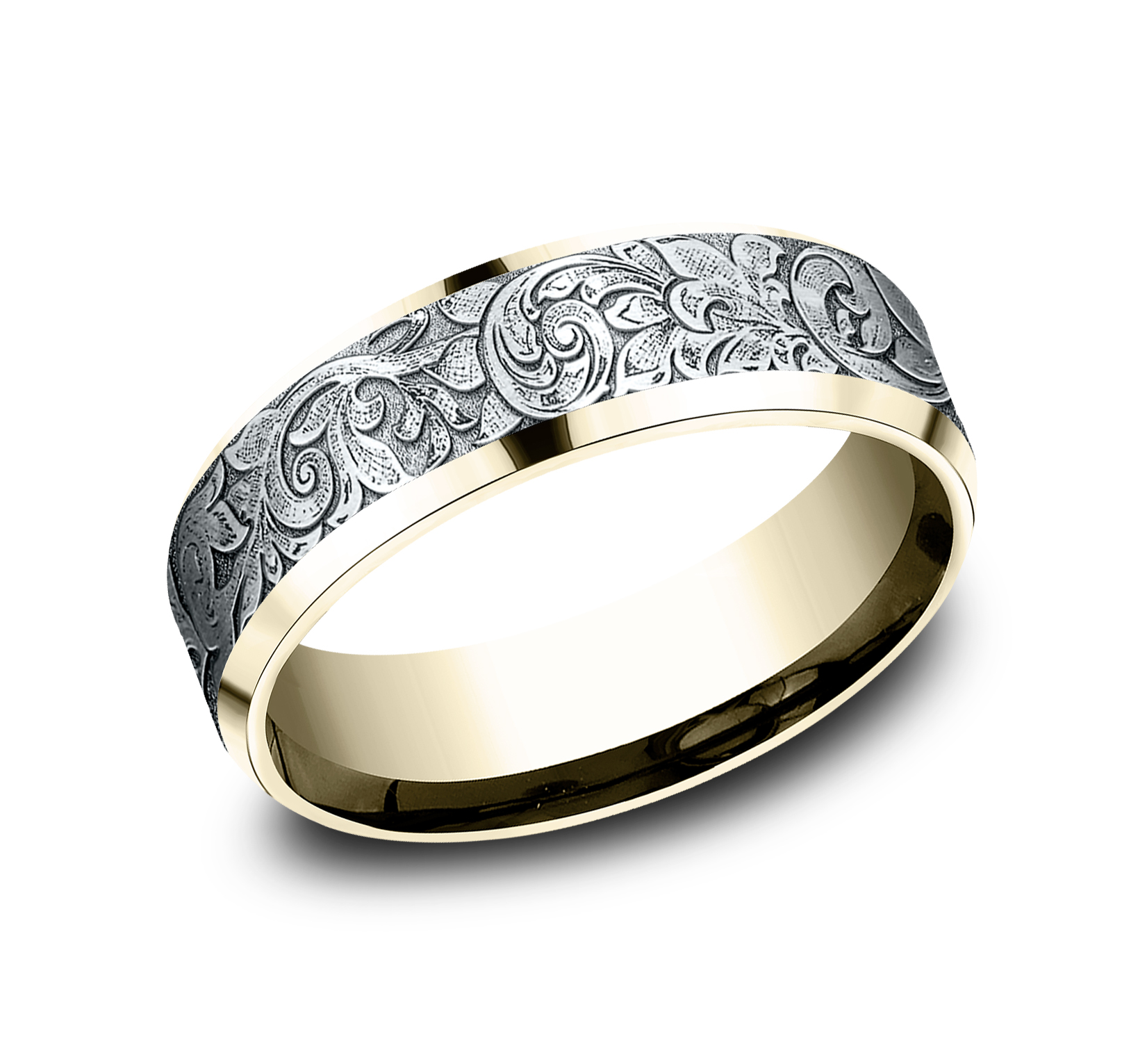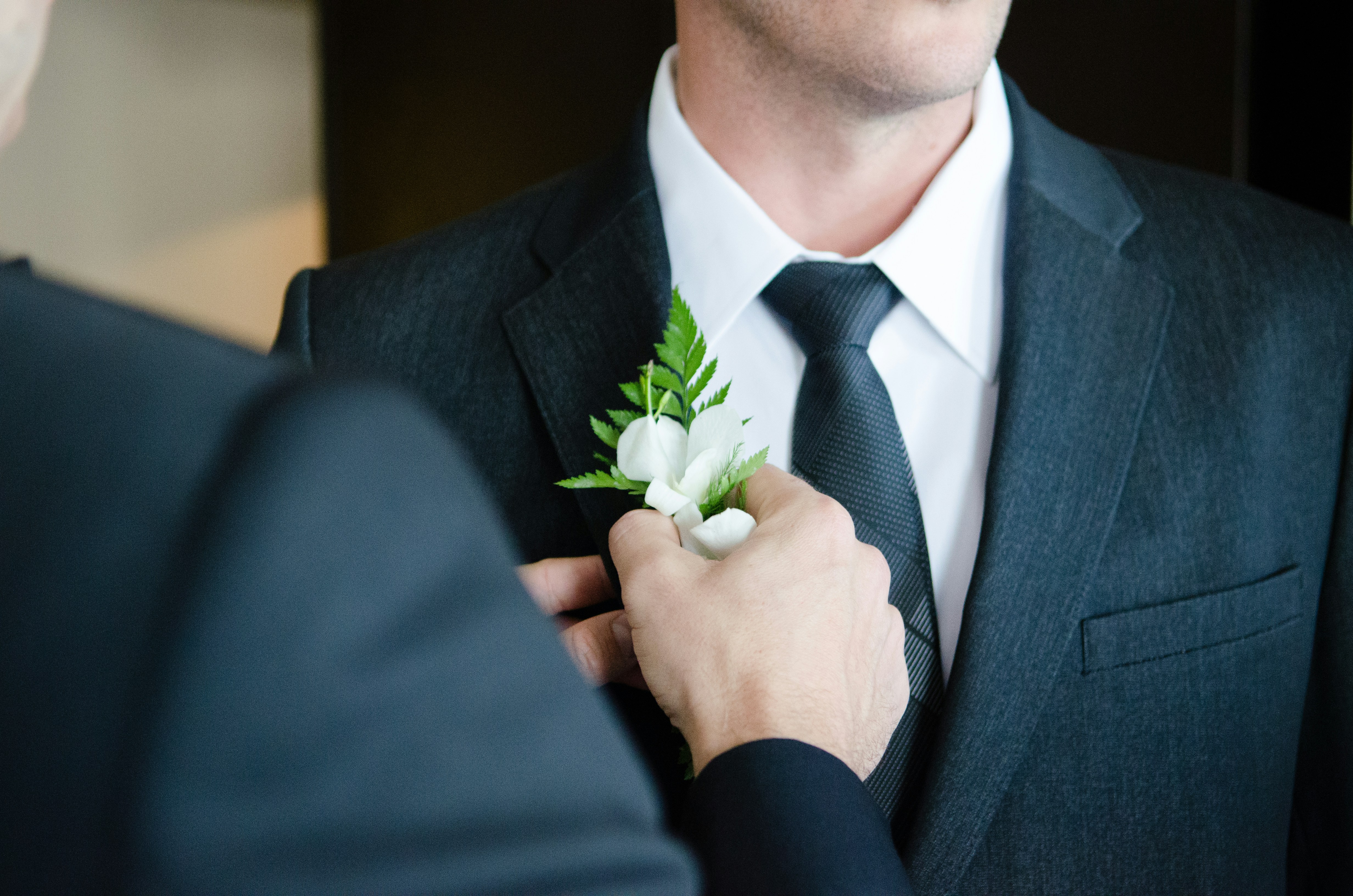The tradition behind engagements and marriage has evolved with every new generation. The exchanging of rings as a symbol of marriage or the intent to marry has become a tradition throughout many cultures for thousands of years. While the origins of the engagement or wedding ring have grown a little hazy with time, there have been records of Ancient Egyptians using rings depicting the Ouroboros (a snake eating its own tail) as a symbol of eternity for their loved ones. Alexander the Great shaped this tradition by introducing Greek wedding ring traditions. As cultures combine and shift, it’s difficult to pinpoint the true origin of the tradition – it’s almost as if we’ve adorned our loved ones with gorgeous shiny things from the moment humans first learned to fall in love. The first record of the modern diamond engagement ring was one commissioned in 1477 by the Archduke Maximilian of Austria, for his bride Mary of Burgandy. Ever since, engagement rings have seen trends extending to all shapes, sizes, gemstones, and diamonds. It wasn’t until the 1940s and 50s that men’s engagement rings became popular but they have gained traction the more engagement and weddings become a shared experience rather than a bride-centric affair. Many women are making their own wealth before marriage and jump at the opportunity to show their commitment through a gorgeous token of love.

Where to Wear?
Typically, women wear their engagement rings on their left ring finger up until the wedding, and their wedding bands slide perfectly to fit on the same finger, sitting on top of the engagement rings. This setup is called a “Wedding Ring Stack.” Some lucky girls will be gifted extra rings for anniversaries, adding to their ring stack throughout their marriage. Men’s rings are typically a little larger, sometimes incorporating a signet style or a thick inlay – this makes stacking a little cumbersome. The tradition for men’s engagement rings is to wear the engagement ring up on the left ring finger until the wedding like their feminine counterparts. Instead of slipping the wedding ring on the same finger, he will move the engagement ring to the right-hand ring finger and wear the wedding ring on his left hand. This way, he will always have a token to remember his blissful engagement period while enjoying married life.

Diamonds are a Boy’s Best Friend
Dive into new traditions that echo the old. Diamond engagement rings have been the standard for centuries, even dating back to Archduke Max himself. Benchmark nods to this history with their diamond and white gold men’s engagement ring, aptly named “The Archduke.” The band consists of a polished white gold base with a thick, stain-finished white gold band that wraps around the piece. Nine bevel-set white diamonds act as the centerpiece in a perfect and sleek pave inlay.

Dashing Design
Stepping away from the diamond tradition, many men find that detailed metalwork fits their style a little better. Since traditional wedding bands tend to be simple gold bands, an engagement ring usually embodies more of a flashy style. If shine isn’t his thing, check out the intricacies of design. The Regency men’s engagement ring by Benchmark is a perfect example of a bold but masculine design. The base is a yellow gold band, encircled in a white gold center strip with a delicate London script pattern that elevates this ring to new heights. Be a dashing fiance with The Regency by Benchmark.
Photo by Mélanie Villeneuve on Unsplash




